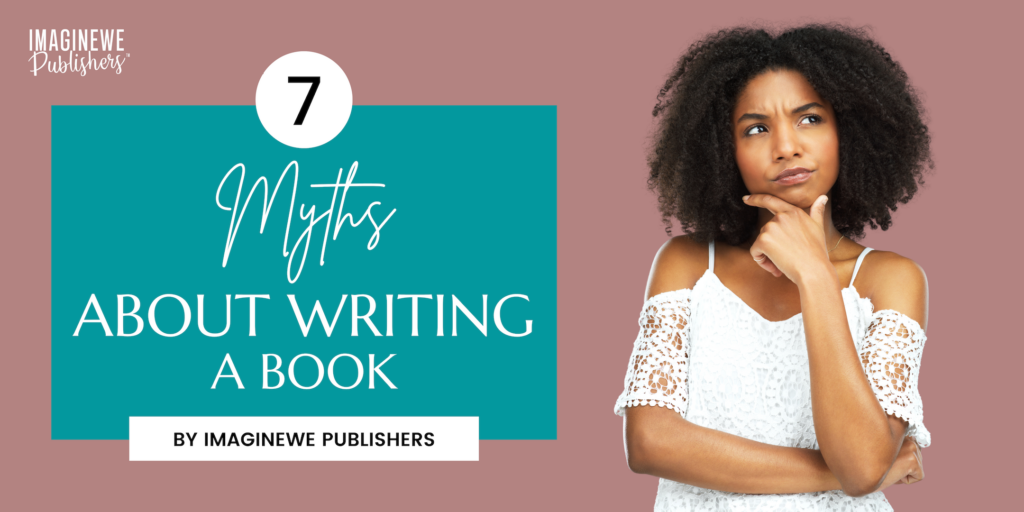"Poetry is not a turning loose of emotion, but an escape from emotion;
it is not the expression of personality, but an escape from personality."
- T.S. Eliot
A poetry collection is more than just a gathering of individual poems—it’s a carefully woven tapestry of emotions, themes, and narratives. When structured effectively, a poetry book can take readers on a journey, evoking deep emotional responses and creating a lasting impact. However, achieving a seamless flow between poems requires intentional organization and thoughtful sequencing. Whether you arrange your collection thematically, chronologically, or through the use of anchor poems, the way your poems interact with one another shapes the reader’s experience. In this blog, we’ll explore strategies for building cohesion in your poetry book, ensuring that each piece complements the next while maintaining the integrity of your creative vision.
Why Structure Matters: Turning a Collection of Poems into a Cohesive Book
A poetry collection is more than just a series of individual poems—it’s an experience. To make sure your work flows and resonates as a cohesive book, you need to carefully consider the structure. The right order of poems can enhance the emotional impact, guide the reader through a narrative arc, and provide deeper meaning.
Whether you choose to organize your collection thematically, chronologically, or through other creative methods, it’s essential to give thought to how your poems interact with one another. Here’s how you can achieve a harmonious flow and unity in your poetry book.
Thematic Organization: Grouping Poems by Subject or Mood
One effective way to create unity in a poetry collection is by using thematic organization. Grouping your poems by a common theme, subject, or mood can give your collection a sense of purpose and clarity. By connecting poems that explore similar topics or emotions, you allow readers to experience a deep, focused exploration of those themes.
For example, if your collection focuses on love, you might group poems about romantic relationships, self-love, or the complexities of intimacy together. Alternatively, if you write about personal growth, you could arrange poems that explore transformation, resilience, and self-discovery in a way that mirrors the emotional arc of growth.
Chronological Flow: Sequencing by Time or Personal Growth
Chronological sequencing is another powerful way to create flow in your poetry collection. Arranging your poems in a timeline—whether based on a specific event or a journey of personal growth—allows you to guide readers through a progression. This can make your collection feel like a story, where each poem builds upon the last, leading to an inevitable conclusion.
If your poems document a particular experience, such as an emotional transformation or a specific phase of life, organizing them chronologically helps readers follow that journey. Whether you’re narrating an event, growth, or reflection, a chronological flow can enhance the emotional impact of your collection and give it a sense of direction.
Using Anchor Poems: Selecting Standout Poems to Open, Close, or Punctuate Sections
A useful technique in creating flow and unity is to use anchor poems. These are standout poems that can serve specific purposes in your collection, such as opening or closing sections, or providing a transition between themes. Anchor poems are particularly powerful because they can set the tone for the entire section or punctuate a shift in mood.
For example, a strong opening poem can grab the reader’s attention and introduce the main theme or tone of the collection. A closing poem can leave a lasting impact, giving the reader something to reflect on after finishing the book. Similarly, placing anchor poems between sections or after a thematic shift can guide the reader through your collection smoothly.
Experimenting with Order: Strategies for Arranging and Rearranging Poems
Sometimes, the best flow doesn’t come from the first arrangement you try. It’s essential to experiment with the order of your poems to discover the most effective sequence. After selecting the poems you want to include in your collection, start by laying them out and seeing how they interact with one another.
You might find that moving poems around and testing different combinations helps you discover unexpected connections or emotional arcs. Try grouping poems in different ways—by mood, tone, or contrast—and consider the emotional rhythm you’re creating. Don’t hesitate to rearrange until you feel the collection flows in the most engaging way possible.
Final Tips: Testing the Flow and Getting Feedback
Once you’ve arranged your poems, it’s important to test the flow to ensure it reads smoothly. One of the best ways to do this is by reading your poems aloud. Hearing them can help you identify awkward transitions or moments where the flow feels interrupted. Pay attention to how the poems sound together and whether they create a harmonious reading experience.
Getting feedback from beta readers is also crucial. Share your collection with trusted readers and ask them for feedback on how well the poems flow and whether they feel connected. Sometimes an outside perspective can provide valuable insights that help you refine your collection even further.
Creating a Cohesive and Impactful Poetry Collection
Building a cohesive poetry collection takes time, but with careful attention to structure, theme, and sequence, you can create a book that resonates deeply with readers. By experimenting with the order of your poems, using anchor poems to guide your collection, and testing your flow, you’ll be able to craft a unified, impactful collection that reflects your unique voice and creative vision.
Ready to Publish Your Poetry?
If you’re ready to turn your poetry into a published collection, ImagineWe Publishers is here to support you. Contact us today to start your journey toward sharing your work with the world!
Written by Jessica Cassick, M.S., PhD(c)

Jessica Cassick is the CEO of ImagineWe Publishers (Est. 2016), a mother (and soon-to-be wife), writer, scholar, and published author of several original books we’ve published since we first began. A passionate advocate for self-discovery, post-traumatic growth, and holistic success, she blends her academic expertise with her entrepreneurial journey. Jessica is currently finishing her PhD in Creative Leadership for Innovation and Change and writes on a variety of topics, from publishing insights to personal and professional growth strategies. Once a fast-paced achiever with a future-focused mindset, she is now learning to embrace the present, seeking balance, peace, and a deeper sense of purpose in both her professional and personal life.






